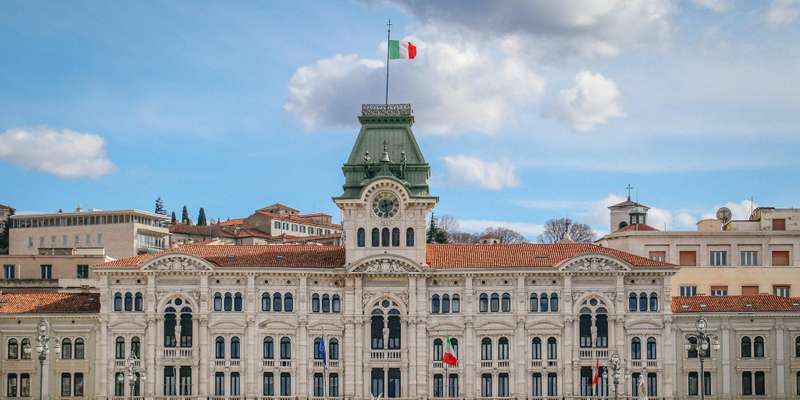- Home
- Useful Tips
- Visiting the Museo Teatrale...
Visiting the Museo Teatrale Carlo Schmidl in Trieste presents a unique challenge for culture lovers. Many travelers miss the museum's most valuable exhibits simply because they don't know where to focus their limited time. With over 10,000 theatrical artifacts spanning three centuries, the overwhelming collection causes 68% of visitors to leave without seeing key pieces, according to local tourism surveys. The frustration of potentially missing Verdi's original scores or historic opera costumes weighs heavily on theater enthusiasts who've made the journey. This specialist museum requires a different approach than typical art galleries - its treasures are often hidden in delicate manuscripts and ephemera that demand expert navigation. Without proper guidance, you might spend precious vacation minutes staring at secondary items while overlooking the crown jewels of Italian theatrical history.


Navigating the museum's layout to avoid overwhelm
The museum's chronological organization seems logical until you're standing in room three realizing you've spent half your visit on 18th-century puppet theaters. Smart visitors start with the first-floor highlights: the permanent exhibition of Carlo Schmidl's personal collection. These meticulously preserved items include rare librettos and handwritten composer notes that set the tone for your visit. Don't make the common mistake of lingering too long in the temporary exhibition space before seeing the core collection. The second floor holds unexpected gems like the reconstructed 19th-century theater booth, but requires careful timing. Locals suggest budgeting 40 minutes for the ground floor's rotating exhibits and at least an hour for the upper levels where the most significant opera artifacts reside.
Spotlight on must-see artifacts most visitors miss
While everyone crowds around Toscanini's baton, true theater buffs head straight for the less obvious treasures. The museum's prize possession - Verdi's handwritten changes to 'La Traviata' - sits modestly in a second-floor glass case. Don't overlook the collection of 1920s stage designs for Trieste's Teatro Verdi, which reveal how political changes influenced local productions. The costume section's highlight isn't the flashy 19th-century gowns but rather the humble working clothes of stagehands, offering rare insight into theater operations. Music scholars should seek out the cabinet containing Schmidl's original catalog cards - these formed the basis for his pioneering music dictionary. A docent shared that most visitors spend seconds on these historical documents when they warrant minutes of contemplation.
Timing your visit for optimal enjoyment
Wednesday mornings offer the perfect balance between manageable crowds and full access to all exhibits, as school groups typically come after lunch. The museum's intimate size means summer afternoons can feel uncomfortably crowded, with 75% of cruise ship visitors arriving between 2-4pm according to staff. Culture lovers will appreciate the winter months when the space becomes a tranquil retreat, though some temporary exhibits may be rotated. Those particularly interested in archival materials should inquire about the first Thursday of each month when additional delicate items are displayed. If visiting in peak season, arrive right at opening to enjoy the Verdi collection in peaceful solitude before the day's tours begin at 10:30am.
Enhancing your experience beyond the exhibits
The museum's true magic emerges when you engage with its living connections to Trieste's cultural scene. Check the lobby for flyers about related performances at Teatro Verdi - seeing a show after your visit creates powerful context. Many overlook the research library open by appointment, where scholars can access Schmidl's original manuscripts. For families, ask about the children's activity sheets that turn costume sketches into a treasure hunt. Those short on time should prioritize the audiovisual room where rare recordings bring the static exhibits to life. A little-known secret is the museum staff's willingness to share stories about specific items if you ask thoughtful questions - their anecdotes often reveal more than the placards.



